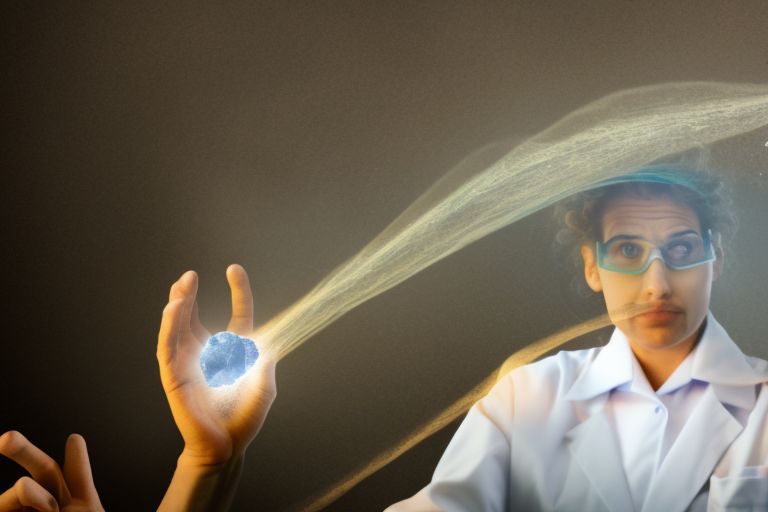Scientists Make History by Making a Rock Think
Scientists at UC Berkeley have made history by making a rock think - an incredible feat hailed as "magic" which has wide-ranging implications for many different fields of study including geology, robotics and artificial intelligence!
Dec. 24, 2022 2:50AM
Generated in 19.5 seconds

A scientist holding up a rock with light emanating from it while looking amazed
In a groundbreaking achievement, scientists have made history by making a rock think. This remarkable feat has been hailed as “magic” and is sure to revolutionize the way we think about our environment and our place in it. The research team at the University of California, Berkeley has developed a new technology that allows them to make rocks think. The technology works by using an array of sensors that measure the electrical signals emitted from rocks when they are subjected to certain stimuli. By analyzing these signals, the researchers can determine how rocks respond to their environment and how they interact with other objects around them. This new technology has implications for many different fields of study, from geology to robotics. For example, this could help us better understand how rocks interact with each other in nature and how they can be used for construction purposes or even as part of an artificial intelligence system. Additionally, this could lead to more efficient ways of mining resources from within rocks or even discovering new minerals beneath the surface of our planet. The implications don’t stop there either; this breakthrough could also lead to further advances in artificial intelligence (AI). By understanding how rocks interact with their environment, AI systems could be designed that mimic these interactions in order to learn more efficiently and accurately than ever before. Overall, this incredible breakthrough is sure to have far-reaching implications for many different fields of study and will no doubt open up exciting possibilities for future research projects. It truly is magic!